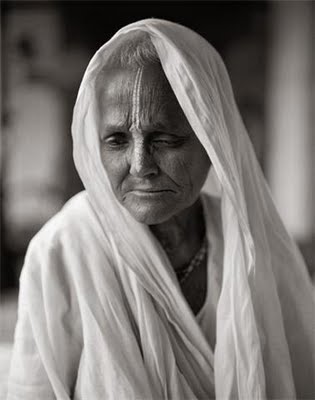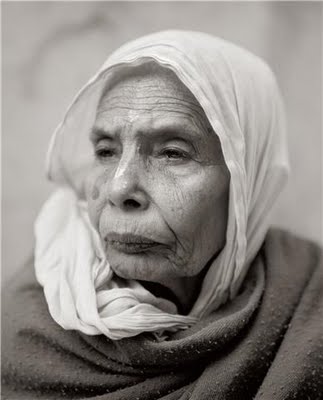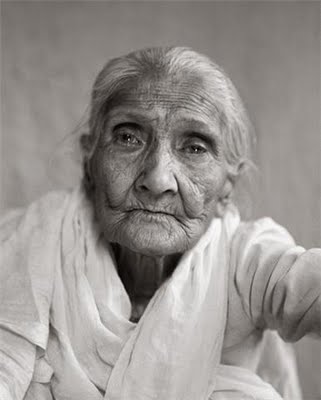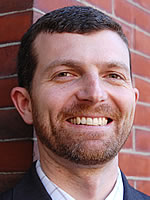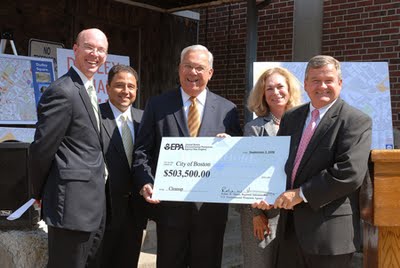A Yokelist response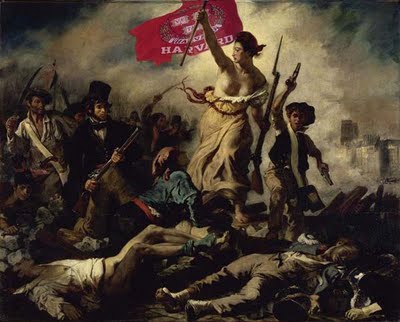 Note: This expands upon a three-paragraph letter we submitted to the Globe on March 23 that the newspaper has not printed.
Note: This expands upon a three-paragraph letter we submitted to the Globe on March 23 that the newspaper has not printed.Harvard should lead a local art revolution.
That’s Dushko Petrovich’s bold proposal to wake up the “sleepy” Boston art scene in his essay
“How to start an art revolution: A manifesto for Boston” in the March 14 Boston Globe. He proposes a top-down rebellion lead by our august nonprofits – a new Harvard art degree program, new local satellite venues for the Museum of Fine Arts and Institute of Contemporary art, as well as offering grants, housing and free tuition to local art students to keep them around here after they graduate.
These ideas have promise – including the notion of focusing on a “less market-dependent approach to creating art” with “less commercial and more experimental work that pushes culture forward.” And certainly our institutions could do more. But the ICA just erected a new building in 2006 and the MFA is scheduled to open a new wing this fall. Why would they immediately want to start opening satellite venues? And if they wanted to, could they gather funding to launch them?
More significantly, Petrovich’s focus on major institutions and academia has a major blind spot: What about locally-made art?
To criticize the practical details of Petrovich’s proposals may be missing the point, as his aim seems really to make grand, long-term, pie-in-the-sky proposals to spark discussion. I think.
But how can we become, as Petrovich says, “a real engine for the country’s creative life” if our boldest plans can be summarized as waiting for our august institutions to ride to our rescue? Petrovich’s proposals let us off the hook from doing hard work ourselves. His institutional focus reflects a common – and mistaken – notion that power and possibilities in Boston reside almost exclusively in our institutions. We need more do-it-yourself attitude – and more ambition.
Instead of waiting for Harvard, make our role model
“Honk,” the festival of activist marching bands founded by a group of Boston area musicians, puppeteers and activists in 2006. The festival frames a significant trend in the arts, asserts Boston’s place as a leader in this movement, brings together artists from around the world to share their music and ideas … and is an awesome community party. It has inspired imitator festivals in Providence, Seattle, Montreal, and – yes – New York. It’s an example of local creative innovation that is leading the nation.
Other New England role models include AS220 in Providence, the Boston Cyberarts Festival, Bread and Puppet Theater in Vermont, Fort Thunder and Dirt Palace in Providence, the Museum of Bad Art in Dedham and Somerville, Massachusetts, Coleman Burke Gallery in Maine, and, ahem, The New England Journal of Aesthetic Research in greater Boston and our New England Art Awards.

Petovich sees things through a New York lens. So when he talks about the Art World, what he’s really talking about is New York. “Within the art world, a once bullish and even rowdy scene has become decidedly more circumspect, its members nervously hoping — some might say fantasizing — that some good can come of hard times, that the market’s crash might give a new, more humane shape to the art world.” He argues that Boston, “a sleeping giant,” has “a rare chance to develop a new model for American artistic life.”
That new model? “A European model, where universities, museums, and other public institutions — including the government, which can help with health care and rent stabilization — combine to encourage a different, less market-dependent approach to creating art.” “What if one of the universities helped the ICA secure a satellite location in a cheaper neighborhood, the way New York’s Museum of Modern Art runs the dynamic P.S.1 Contemporary Art Center in Queens? Imagine ICA Lower Allston.” “An annual art fair that attracted top collectors and media to the Hynes convention center in search of emerging talents.” A new Harvard graduate art degree program that would lure cool teachers – and their cool students – to Boston to “put the school on par with Yale and Columbia universities.” And this could “rouse the city’s other players into action.”
Massachusetts already offers health care. And rent control would be great. But the ICA should be like New York’s MoMA and P.S.1? We should have an annual art fair like Miami or New York? And Harvard should be more like Yale and Columbia?
Isn’t this just New York lite? We don’t become “a real engine for the country’s creative life” by creating our own smaller, lamer knockoffs of New York. We become a leader by inventing new things that other people make smaller, lamer knockoffs of. Like "Honk."
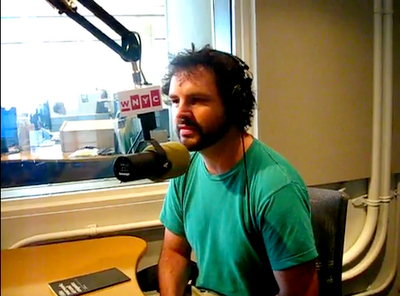
Petrovich’s (that's him above) focus on New York and academia may be a result of his own New York focus (he writes for and edits the New York-based contemporary art journal Paper Monument) and being ensconced in academia (studies at Boston University and Yale, a scholar/artist in residence at London’s Royal Academy, teaching at Boston University).
Which is probably why Petrovich is most perceptive about graduate students. He correctly identifies rent and school loan debt as major difficulties for young artists. His most original idea is “eliminate debt from advanced degrees in the arts.” He also proposes temporary exhibitions by recent grads around the city with prizes of “a year’s workspace and stipend.” But these ideas have limited potential for building a more exciting Boston, because the first idea doesn’t guarantee students will stay here after graduation. And the second idea is a one-year fix, not a sustainable long-term solution.
Better perhaps is his proposal for universities to work “together with the city and local museums to establish a network of post-graduate residencies for their outstanding students.” But how long would former students qualify for these benefits? And why focus so exclusively on students? What about the rest of us?
Petrovich’s central idea seems to be that more museums and more MFA programs produce more exciting art communities. But except for student work, Petrovich’s revolution generally ignores locally-made art. His proposals for the MFA and ICA don’t call for the museums to incubate local artists by showing more locally-made art or organizing traveling exhibitions that showcase our artists’ work elsewhere.
And he never considers how the Globe or Paper Monument might help. Wouldn’t it be dandy if the Globe’s top critics – the Pulitzer winners and finalists – paid more attention to local art? A quick scan of Globe and Paper Monument archives suggest that Petrovich himself may have never written about any art made in New England. (
Correction: Turns out this is not quite right, as Petrovich informs us that he wrote a two-paragraph
review of the ICA's Foster Prize show in 2008.)
Petrovich’s revolution is a revolution of the museums and universities, not a revolution of art-making. It’s a revolution that could mean expanded local institutions that continue to pay little attention to art made here. How can Boston be “a real engine for the country’s creative life” if we continue to ignore our artists?
Previously:Yokelist Manifesto Number 1:
Boston lacks alternative spaces?
Yokelism at the
2008 Boston Art Awards.
Yokelist Manifesto Number 2:
Montreal case study.
Yokelist Manifesto Number 3:
Hire locally.
Yokelist Manifesto Number 4:
We need coverage of our living artists.
Yokelist Manifesto Number 5:
We need local retrospectives.
Yokelism update: Coverage of our living artists:
Sebastian Smee responds.
Yokelism update:
Dangers of Provincialism.
Yokelism update:
Re: Dangers of Provincialism.
Yokelist Manifesto Number 6:
Could the CIA help?
Yokelism at the
2009 New England Art Awards.
Re:
“Yokelism with your wallet out."

